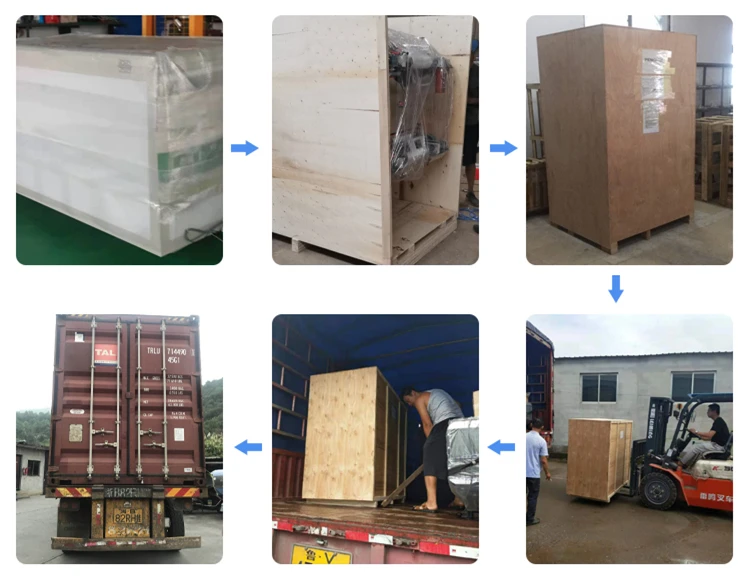Cattle Feed Pellet Machines for Efficient Livestock Nutrition Production
ធ្នូ . 05, 2024 11:22 Back to list
Cattle Feed Pellet Machines for Efficient Livestock Nutrition Production
The Benefits of Pellet Making Machines for Cattle Feed Production
In the modern agricultural landscape, efficient animal husbandry practices are key to enhancing livestock productivity. Among the various innovations emerging in this field, pellet making machines have revolutionized cattle feed production. These machines enable farmers to create high-quality, nutritionally dense feed pellets that cater specifically to the dietary requirements of cattle. This article explores the significance of pellet making machines for cattle feed and their numerous benefits.
Understanding Pellet Making Machines
Pellet making machines are specialized equipment designed to compress raw feed ingredients into small, cylindrical pellets. The raw materials can include grains, hay, vitamins, and minerals, which provide a balanced diet for cattle. The process involves grinding the ingredients into a fine powder, mixing them with moisture, and then pushing them through a die to form pellets. Finally, the pellets are cooled and dried to ensure longevity and maintain nutritional value.
Nutritional Advantages
One of the primary benefits of using a pellet making machine is the enhanced nutritional profile of the feed. Pellets ensure that the feed is mixed uniformly, allowing for a balanced distribution of nutrients. Cattle require a variety of nutrients to grow efficiently, including proteins, carbohydrates, fats, vitamins, and minerals. By using a pellet machine, farmers can create tailored formulations that meet the specific nutritional needs of their cattle, leading to improved health and productivity.
Reduced Feed Waste
Traditional feeding methods often result in significant feed waste due to spillage and sorting by the cattle. However, with pelleted feed, this waste is minimized as the pellets are more palatable and easier for the animals to consume. Because of their uniform size and shape, pellets limit the selection behavior commonly observed in loose feed, ensuring that cattle consume all components of their diet. This reduction in waste not only saves farmers money but also contributes to a more sustainable feeding practice.
pellet making machine for cattle feed

Ease of Storage and Handling
Pellets are easier to store and handle compared to loose feed. They take up less space and are less prone to spoilage due to their lower moisture content. Furthermore, pellets can be stored in silos or bags without concern for degradation, pests, and mold. This convenience translates into reduced labor costs and less time spent managing feed supplies.
Improved Digestibility
The process of pelletizing feed enhances its digestibility. Heat generated during the pelletizing process helps break down the tough fibers in feed ingredients, allowing cattle to absorb nutrients more effectively. Improved digestibility leads to better feed conversion ratios, meaning cattle convert feed into body mass more efficiently, thereby optimizing growth rates. This is particularly beneficial for farmers seeking to enhance milk production or weight gain in beef cattle.
Customization and Versatility
Pellet making machines allow for the customization of feed formulations. Farmers can adjust the ingredients and ratios based on the specific needs of their cattle or the available raw materials. This versatility is essential as it enables adaptation in feeding strategies based on changing market conditions or livestock requirements. Whether it's formulating a diet for lactating cows or growing beef cattle, pellet machines provide the flexibility to meet diverse needs.
Conclusion
Investing in a pellet making machine for cattle feed production is a decision that can significantly improve the productivity and profitability of livestock operations. The nutritional benefits, reduced feed waste, ease of storage, enhanced digestibility, and flexibility in formulation make pelletized feed an invaluable resource for farmers. As the demand for sustainable and efficient farming practices increases, the use of pellet making machines will undeniably play a pivotal role in shaping the future of cattle feed production. By harnessing these innovative technologies, farmers can ensure that they not only meet the needs of their livestock but also contribute to the broader goals of sustainability and food security.
-
High-Quality Poultry Cages for Efficient Layer Farming Trusted Supplier
NewsApr.29,2025
-
Automatic Pig Feeding System Efficient Livestock Management Solutions
NewsApr.29,2025
-
Feed Chaff Cutter Machine Multifunctional & Efficient Crop Processing
NewsApr.29,2025
-
Right Poultry Farm Equipment Premium Cages & Automated Machines
NewsApr.29,2025
-
Manure Scrapper System Efficient Cleaning & Automated Feeding Solutions
NewsApr.29,2025
-
Premium Pig Fattening Pens Durable & Spacious Livestock Solutions
NewsApr.29,2025






